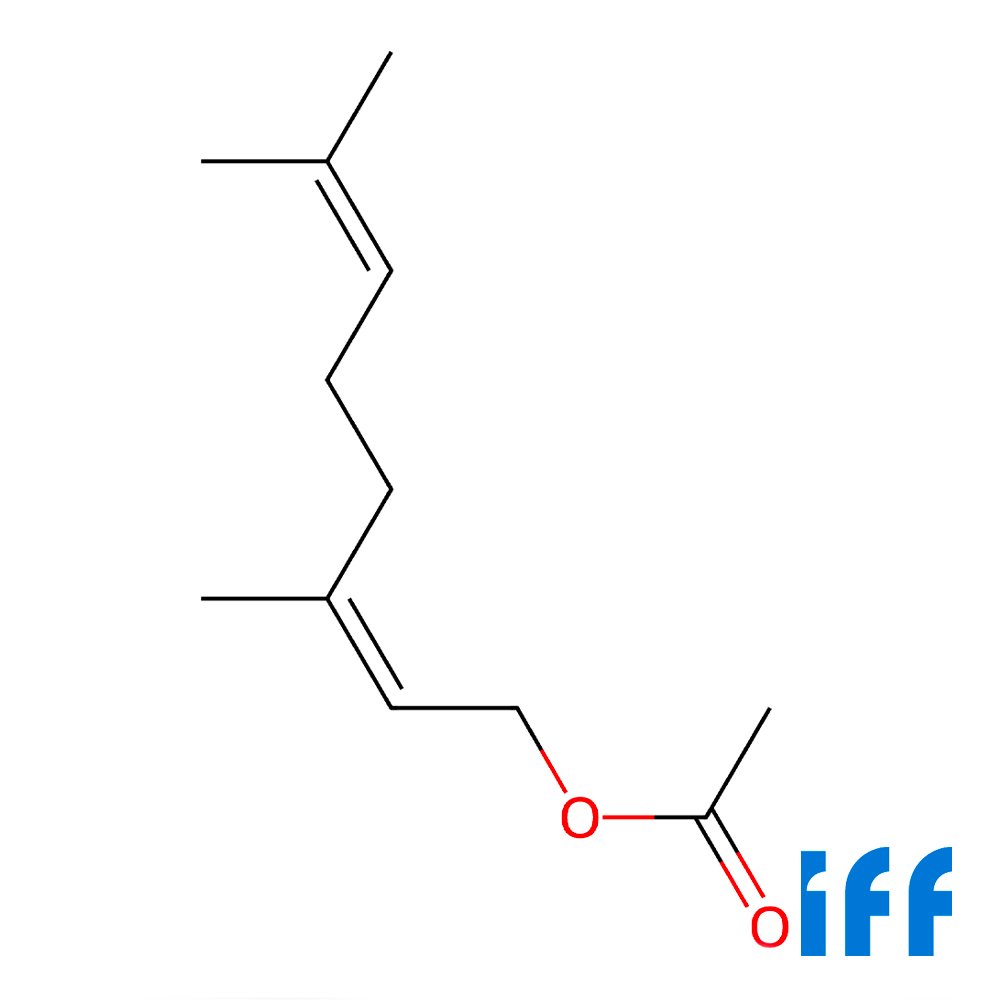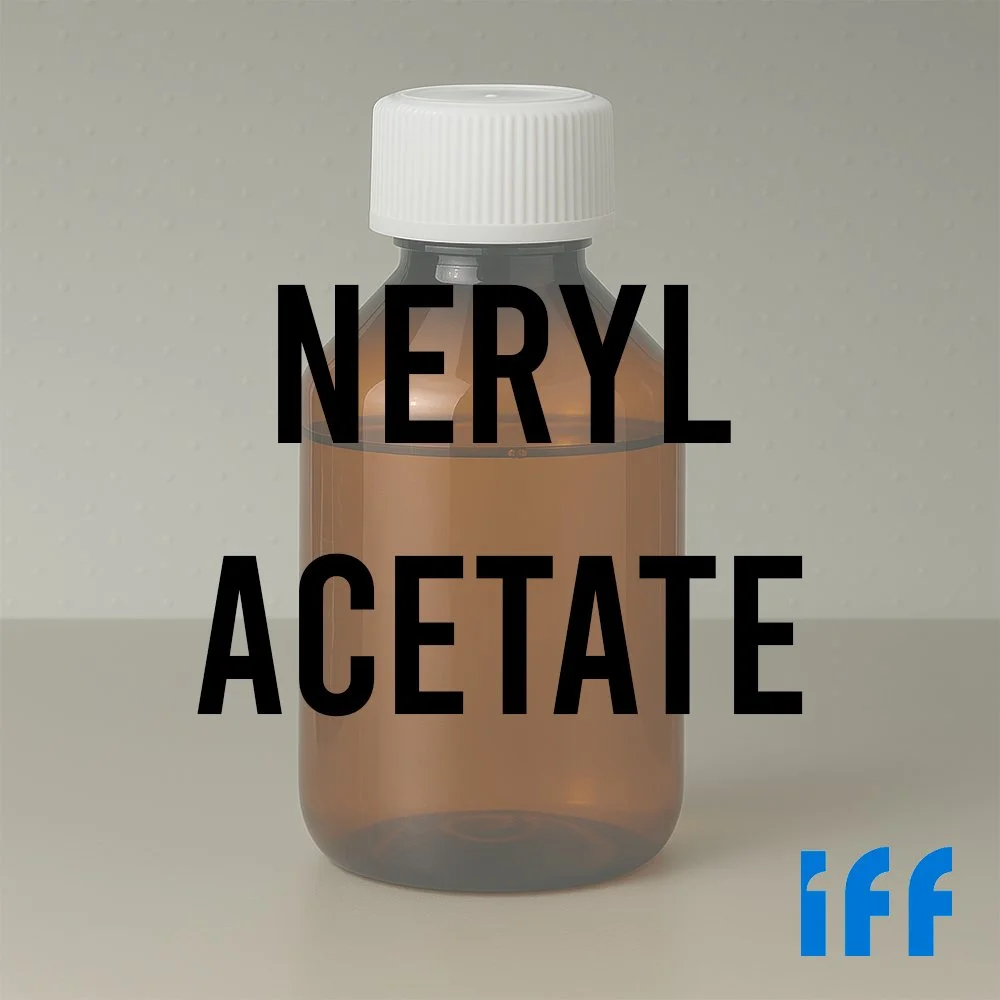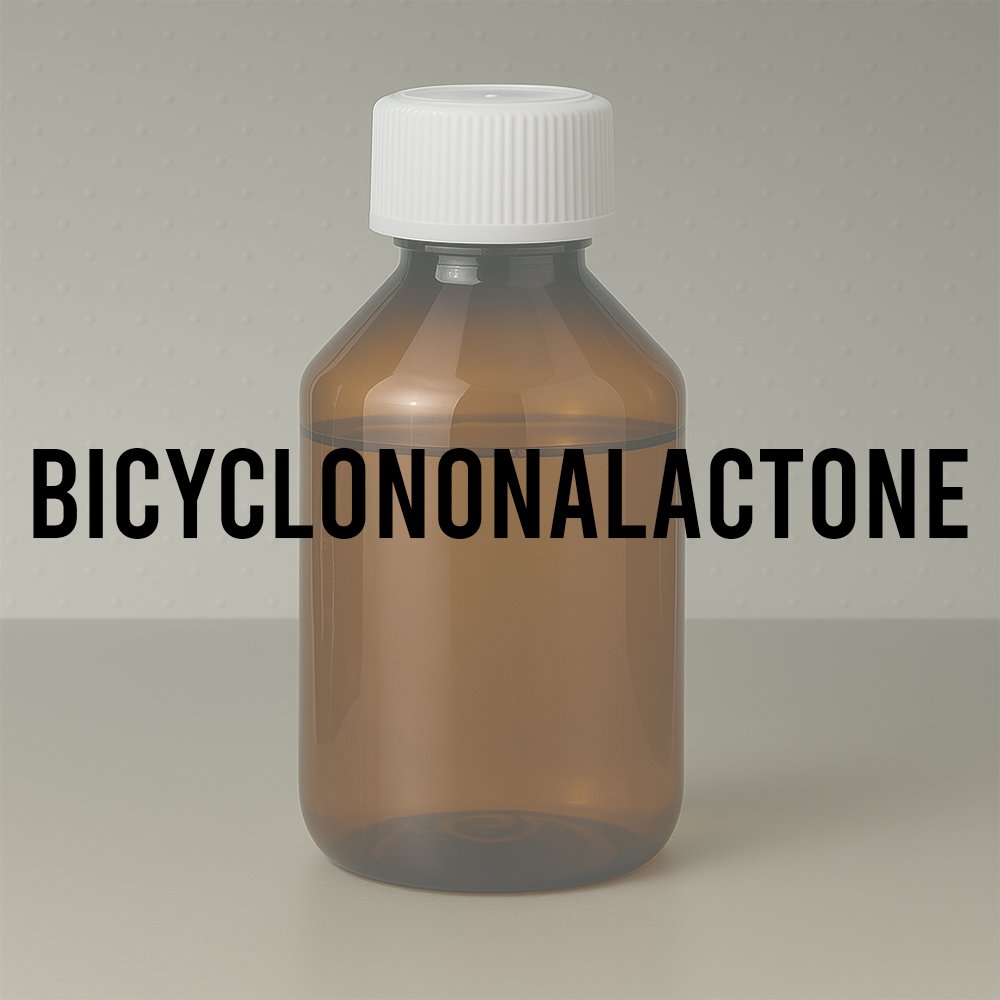Synthetic Ingredient Overview
🏭 Manufacturer: IFF
🔎 Chemical Name: dec-9-en-1-ol
🧪 Synonyms: Rosalva
🧬 Chemical Formula: C₁₀H₂₀O
📂 CAS N°: 13019-22-2
⚖️ Molecular Weight: 156.26 g/mol
📝 Odor Type: Floral – Rosy – Aldehydic
📈 Odor Strength: High
👃🏼 Odor Profile: Fresh, green, aldehydic-dewy rose; waxy, oily-floral with tenacity. Rosy character intensifies at 1% dilution or lower.
⚗️ Uses: Floral-rosy modifier, aldehydic floral booster, laundry-grade radiance, herbal fragrance support
🧴 Appearance: Colorless oily liquid
What is Rosalva?
Rosalva is a synthetic unsaturated aliphatic alcohol introduced in the late 1950s. It is chemically simple but olfactorily complex, with a scent profile that bridges green aldehydes, waxy floral alcohols, and soft rose molecules. Its formula, dec-9-en-1-ol, delivers exceptional diffusion and tenacity, performing effectively across both fine fragrance and high-performance detergent systems.
Unlike typical fatty floral alcohols, Rosalva maintains brightness and non-fatty clarity, making it especially valuable when precision is required in aldehydic-floral compositions.
Olfactory Profile & Perfumery Applications
👃🏼 Scent Description:
Strongly aldehydic, waxy, and dewy
Rosy, floral, slightly herbal in diluted use
More oily-waxy in concentrated form
Long-lasting and structurally radiant, especially when blended with other linear alcohols or aldehydes
⚗️ Functional Roles:
Adds lift and persistence to rose, peony, hyacinth, or aldehydic floral accords
Boosts diffusion in herbal-green fragrances
Enhances modern detergent fragrance radiance, especially in powder or bar formats
Supports floral backgrounds in functional bases (fabric care, shampoos)
🧴 Formulation Compatibility:
Blends well with aliphatic aldehydes, isobutylquinoline, ionones, and Styrax derivatives
Recommended for pairing with Norhexahydrofarnesal and lily alcohols in soap-compatible builds
Non-discoloring and stable under alkaline conditions
Industrial & Technical Uses
Fine fragrance: Aldehydic florals, classic rose compositions, modern green florals
Functional perfumery: Soap, detergent, and fabric softener bases
Crossover applications: Can unify top-to-heart phases in citrus-rose or green-fruity blends
Not used in flavor: No FEMA registration; not classified for ingestible use
Stability Overview
🧪 Solubility: Insoluble in water; soluble in alcohol and oil systems
🔥 Thermal Stability: Stable under conventional hot soap and detergent production conditions
🧼 Ideal for:
Bar soap fragrances
Powdered laundry care
Aldehydic muguet-lily or herbal-rose hybrids
Complex blends requiring aldehydic-fresh lift with soft floral persistence
Regulatory & Safety Overview
IFRA: Permitted; no specific restriction under 51st Amendment
EU Allergens: Not among the 26 declarable fragrance allergens
ECHA (REACH): Registered; not classified as hazardous
Toxicology:
Non-sensitizing at normal use levels
Biodegradable; low bioaccumulation potential
High oxidative stability and low photo-reactivity
✅ Safe for use in all fragrance applications within recommended concentration limits.
Sources
IFF Ingredient Datasheet – Rosalva
S. Arctander – Functional Aliphatic Alcohols (1959)
ECHA Substance Database (13019-22-2)
Fulvio Ciccolo – Internal Use Commentary, 2023












